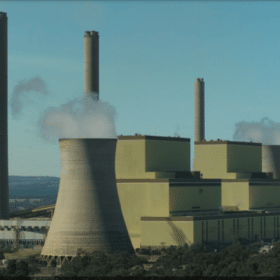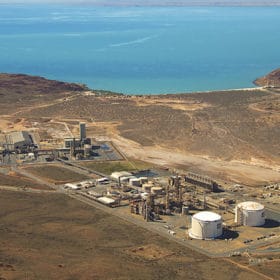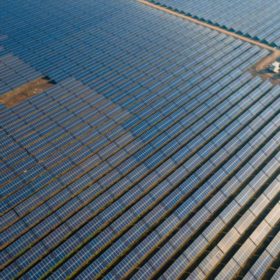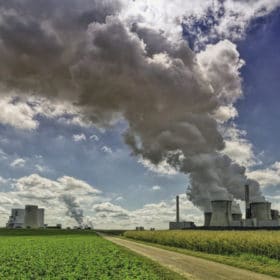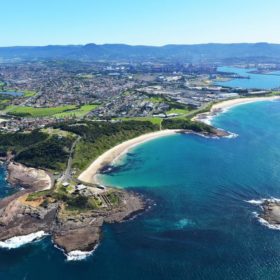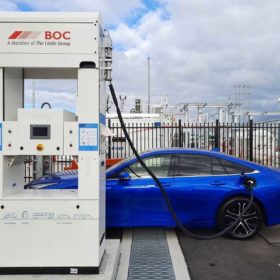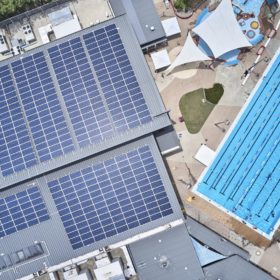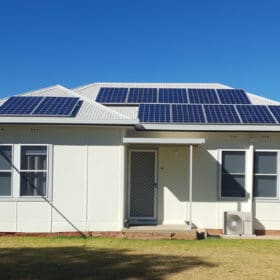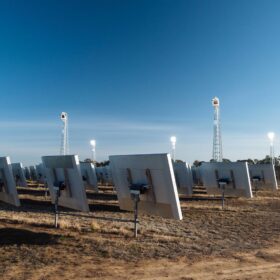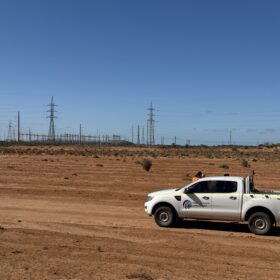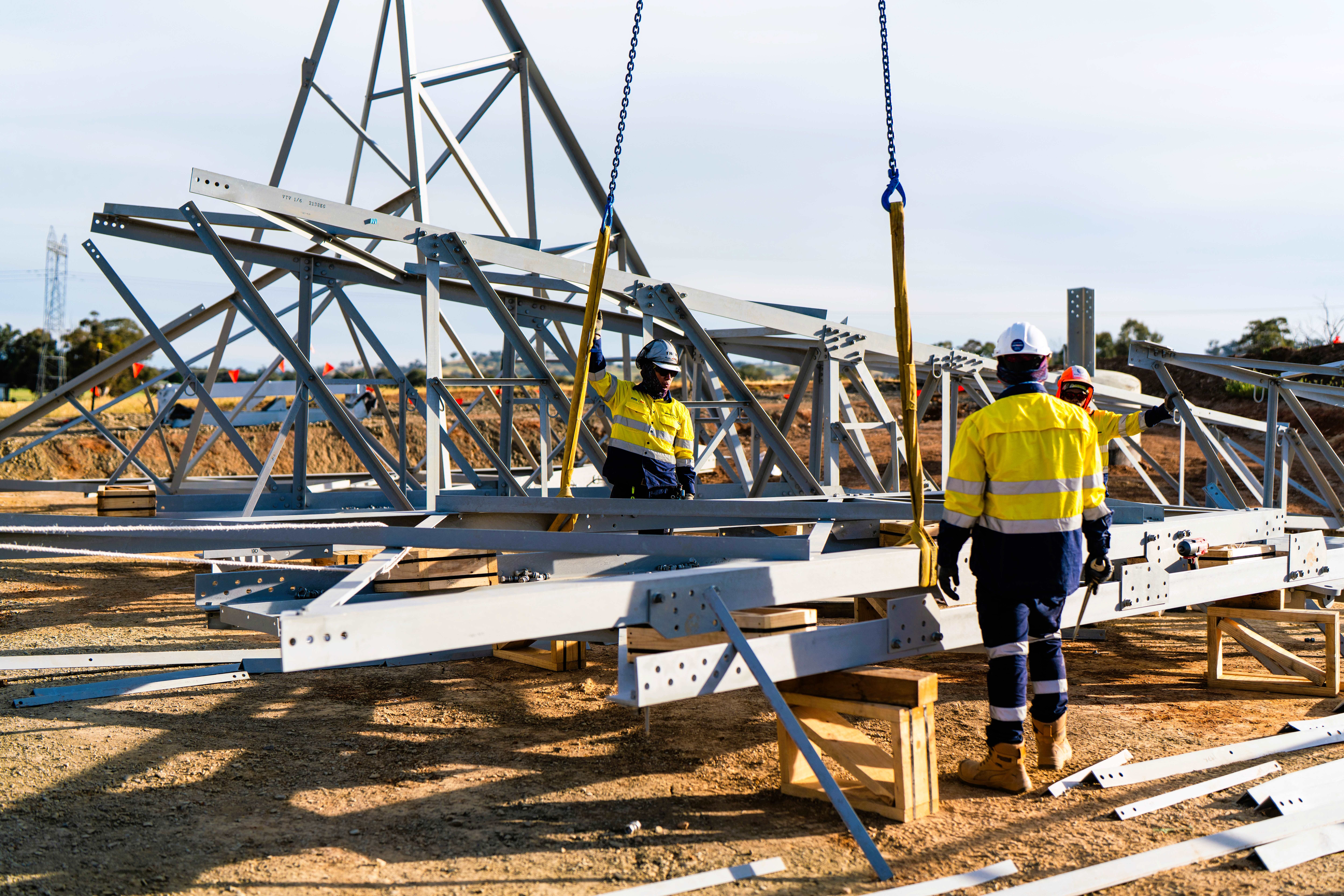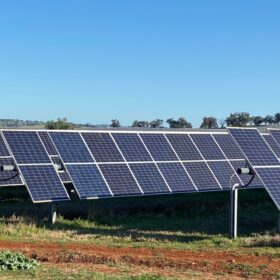Outgoing AGL boss singled out by Greenpeace for company’s shockingly late embrace of coal
When Brett Redman, Chief Executive and Managing Director of Australia’s biggest energy generator and retailer, unexpectedly quit last month, the news promised intrigue. AGL, a giant in the Australian landscape, had recently announced it would split in two – a strange move which confused markets. Greenpeace today published an extensive report on the company, detailing how in the midst of global momentum away from fossil fuels in 2009, AGL actually divested from its renewable portfolio to turn toward coal, directed by Redman at the company helm.
$103 million flows from ARENA to commercial ‘green’ hydrogen projects, despite concern around gas couplings
Three commercial-scale hydrogen projects have been conditionally approved for $103.3 million in funding from the government’s Australian Renewable Energy Agency, including Western Australian green ammonia project from Engie, as well two hydrogen + gas blend projects from ATCO and Australian Gas Networks respectively.
Canadian investor Amp Energy bets big on Renewable Energy Hub of South Australia
A clean energy investment firm based in Canada but already with a growing portfolio in Australia has set out an expansion plan in excess of $2 billion and 1.3 GW for the creation of a Renewable Energy Hub of South Australia, including at least three massive solar projects, two of which would supply South Australia’s green hydrogen ambitions.
First Solar & Nel Hydrogen to develop integrated PV-hydrogen power plants
First Solar and Nel Hydrogen Electrolyser AS have announced they will collaborate to develop power plant control and other supervisory systems as part of a broader plan to build integrated photovoltaic-hydrogen power plants.
‘I know a lot of people hate this’: ESB Chair explains why we need a coal subsidy
In its first briefing following the publication of its Post 2025 Market Design Options Paper, the Energy Security Board’s Independent Chair, Dr Kerry Schott, spoke candidly about what will inevitably be a “messy” transition to renewables.
First green hydrogen + gas plant to be built in NSW, ‘kick starting’ hydrogen industry to coincide with loss of major dispatchable asset
EnergyAustralia is set to build a 316 MW green hydrogen + gas peaking power plant in New South Wales by 2023, in time for the closure of Liddell coal-powered plant, which is one of the country’s biggest dispatchable electricity generators.
Victoria’s roadmap to halve emissions by 2030 includes EV subsidy and renewably powered government operations
Victoria is now offering subsidies on electric and hydrogen fuel cell cars and will power its government operations with 100% renewable energy by 2025 as part of its long awaited Climate Change Strategy. The plan essentially offers a roadmap for the state’s 2050 net zero emissions target, including a number of nearer term goals.
Tweed Shire Council revs up solar installations
On New South Wales’s Northern Rivers the Tweed Shire Council has unanimously voted to push into the second phase of its pursuit of net zero emissions from its electricity usage by 2030. The move will see the Council’s solar capacity almost triple through 10 new solar installations.
South Korea kicks off 2 GW PV tender
The Northeast Asian nation has included PV projects exceeding 20 MW in size for the first time in its solar energy procurement scheme. Selected projects will be awarded a fixed rate under a 20-year contract under the country’s renewable energy certificate (REC) scheme and will sell electricity to local power distributors.
NSW feed-in-tariffs to drop in line with falling wholesale electricity prices
Recommendations by the NSW Independent Pricing and Regulatory Tribunal will see payback times for solar systems extended, but also favour battery uptake.
